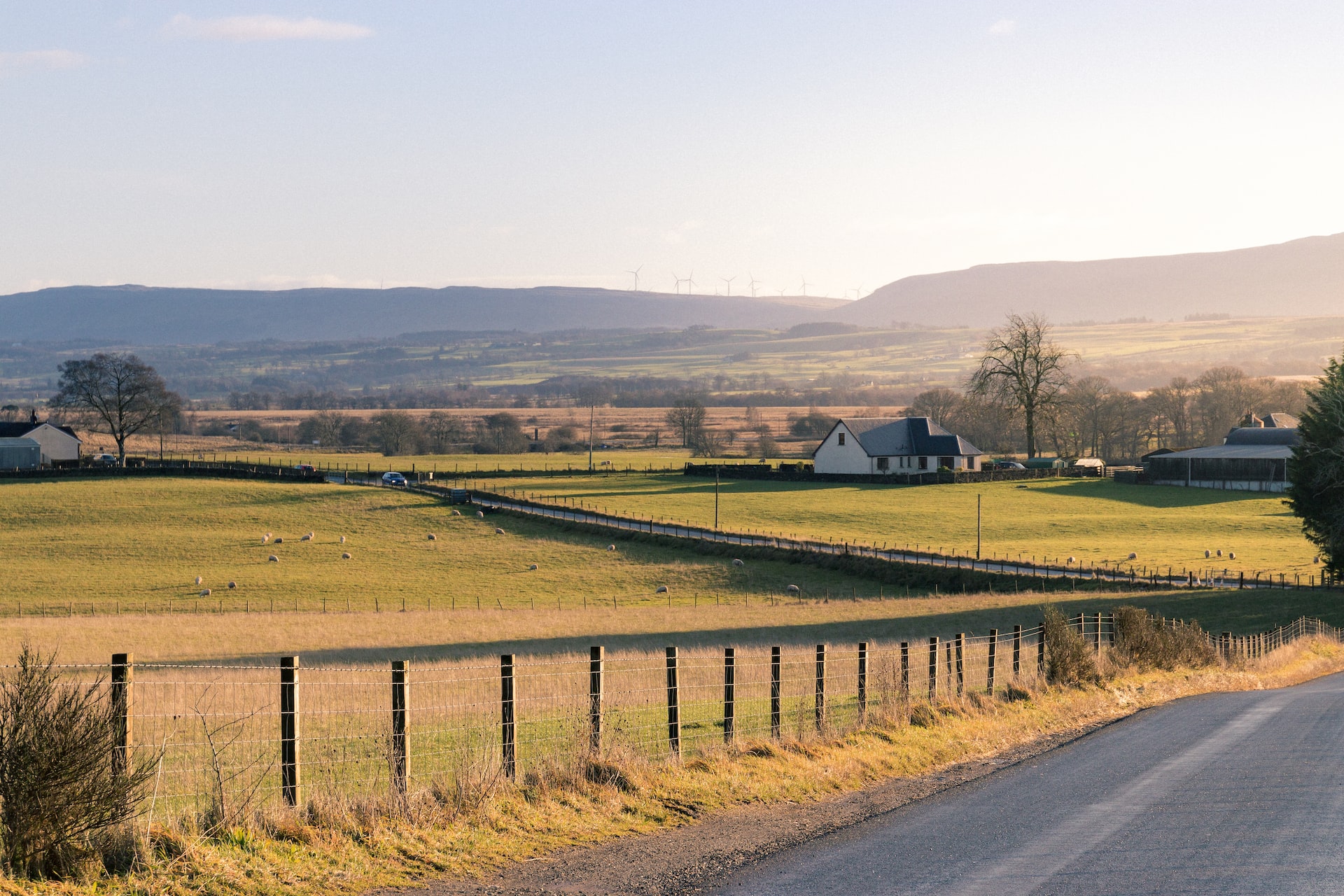Countryside Living on a Budget: How to Afford a Rural Lifestyle and Save Money

Living in the countryside can be a dream for many people, but it can also come with a higher cost of living. However, it is possible to afford a rural lifestyle while still saving money.
Housing Costs
Renting or buying a smaller property
Living in the countryside often means higher housing costs. However, renting or buying a smaller property can help to reduce these costs. A smaller property will have lower utility bills, maintenance costs, and taxes.
Purchasing a fixer-upper
Purchasing a fixer-upper can be a great way to save money on housing costs. These properties often need work, but they can be purchased at a lower price and then renovated to suit your needs. This can be a great way to create a home that is both affordable and personalized to your taste.
Building a sustainable home
Building a sustainable home can also help to reduce housing costs in the long term. Passive solar design, natural lighting, and insulation are all ways to make a home more energy-efficient. Building with natural and sustainable materials, such as wood, straw bale, and mud, can also reduce the environmental impact of a home.
Living Expenses
Growing your own food
Living in the countryside provides an opportunity to grow your own food. This can include growing fruits and vegetables, raising animals, and keeping bees. Not only can this provide a source of fresh and healthy food, but it can also save money on grocery bills.
Shopping locally
Shopping locally can also help to reduce living expenses. Purchasing locally-grown produce and products can be cheaper than buying from larger chain stores. Additionally, it helps to support local farmers and business owners.
Reducing energy consumption
Reducing energy consumption can also help to lower living expenses. Simple changes such as switching to energy-efficient appliances and lightbulbs, and using natural light can help to reduce energy consumption. Investing in a solar panel system or a wind turbine can also provide you with a source of renewable energy, which can help to reduce energy costs.
Finding alternative transportation
In the countryside, it’s often necessary to travel long distances to access services and amenities. Investing in a fuel-efficient vehicle, carpooling, or using public transportation can help to reduce transportation costs. Walking or cycling can also provide an excellent way to get around, especially for shorter distances.
Creating a budget
Creating a budget is an important step in affording a rural lifestyle. It allows you to track your income and expenses, and identify areas where you can cut costs. Setting financial goals and prioritizing expenses can also help to ensure that you are able to afford a rural lifestyle while still saving money.
Additional Income
Starting a small business
Starting a small business can provide an additional source of income. This can include starting a farm, offering a service such as landscaping or handyman work, or running a bed and breakfast.
Renting out a room or property
Renting out a room or property can also provide an additional source of income. This can include renting out a room in your home or renting out a property that you own but do not currently use.
Remote work
With the rise of remote work, it’s now possible to earn a living while living in the countryside. Many jobs can be done remotely, such as writing, graphic design, and programming. This allows you to live in a rural area while still earning an income.
Conclusion
Living in the countryside can be a dream, but it can also come with a higher cost of living. However, it is possible to afford a rural lifestyle while still saving money. By reducing housing costs, lowering living expenses, and finding additional sources of income, you can make countryside living more affordable. Remember that it’s a journey, and every small step counts.





